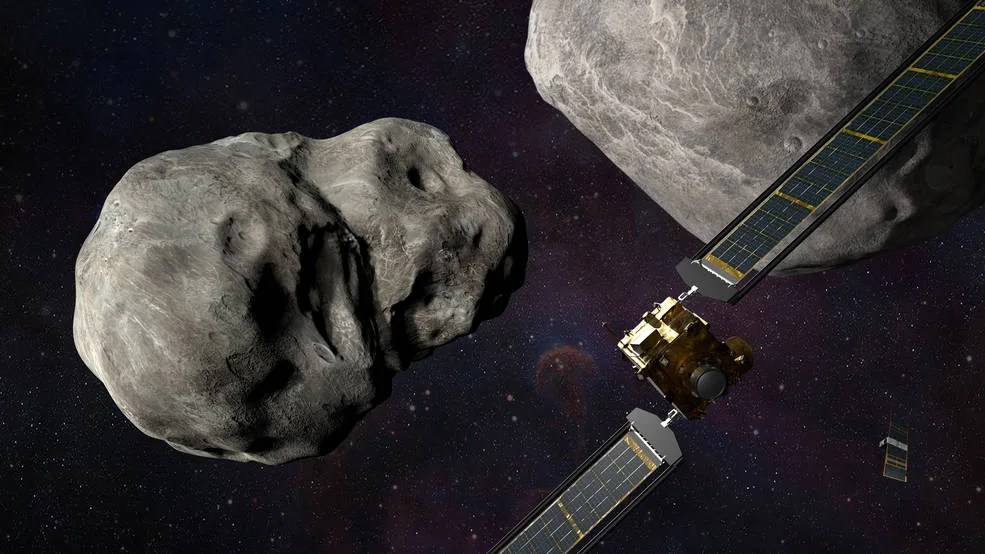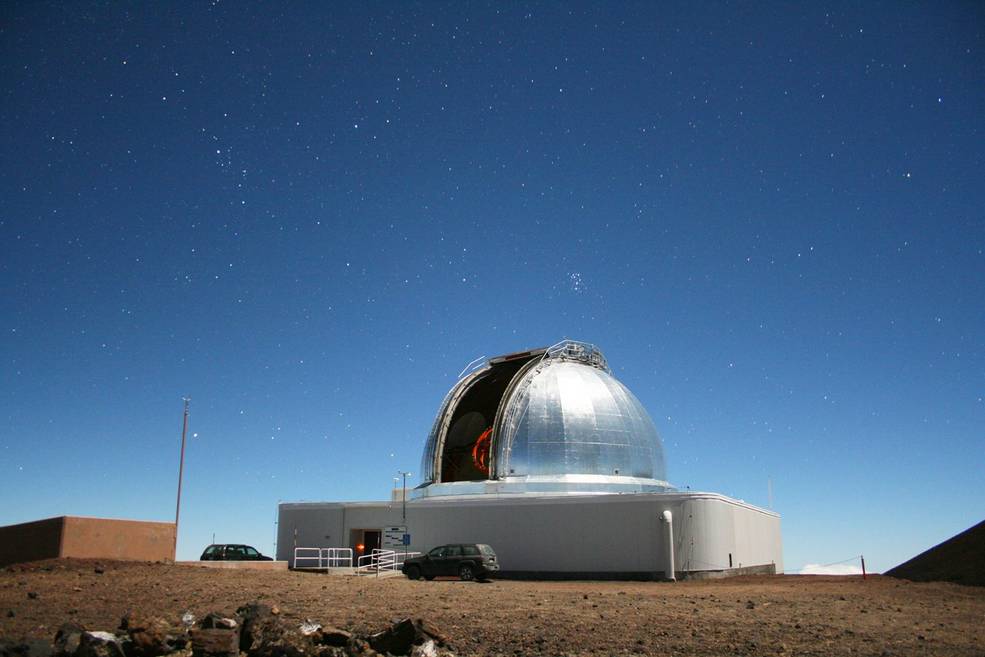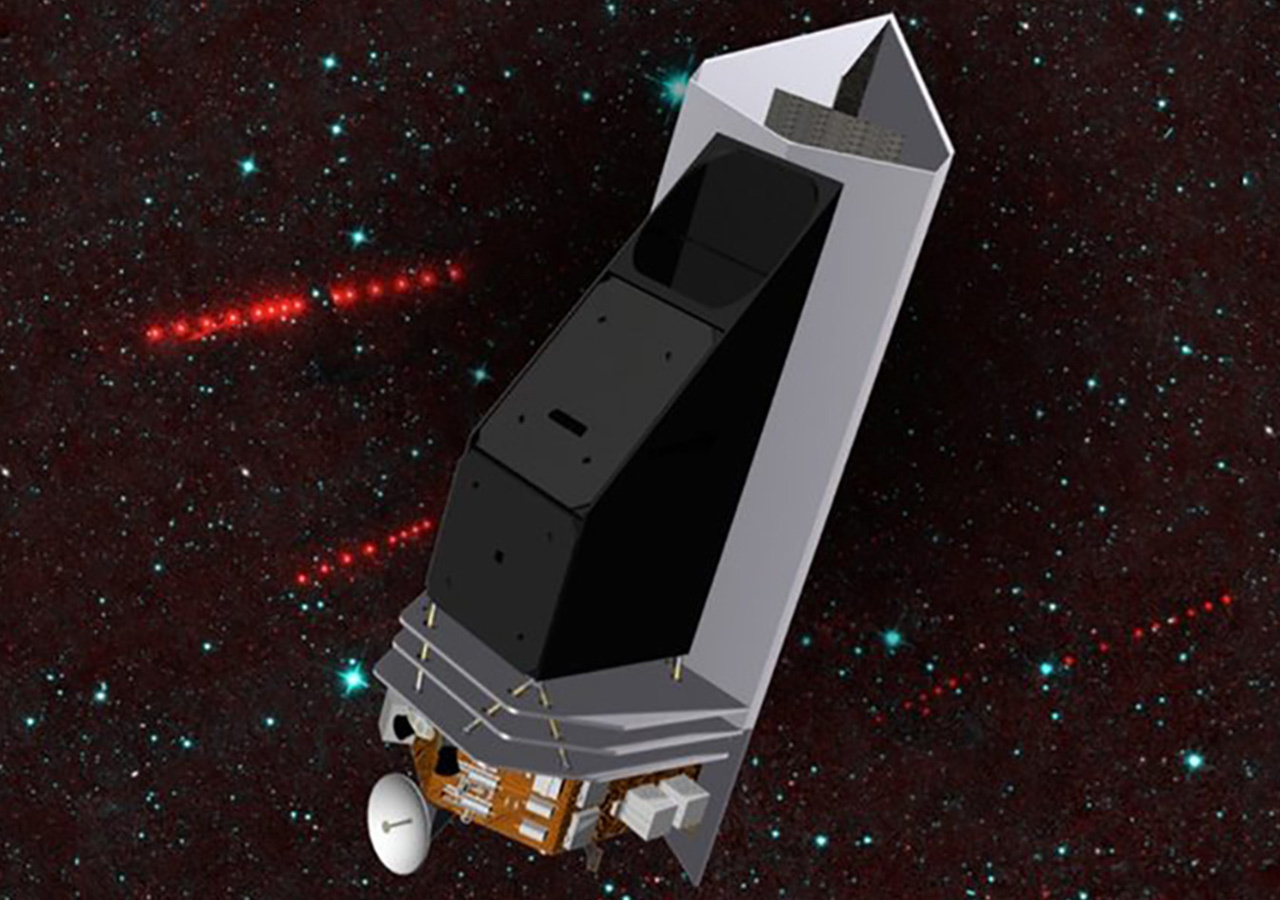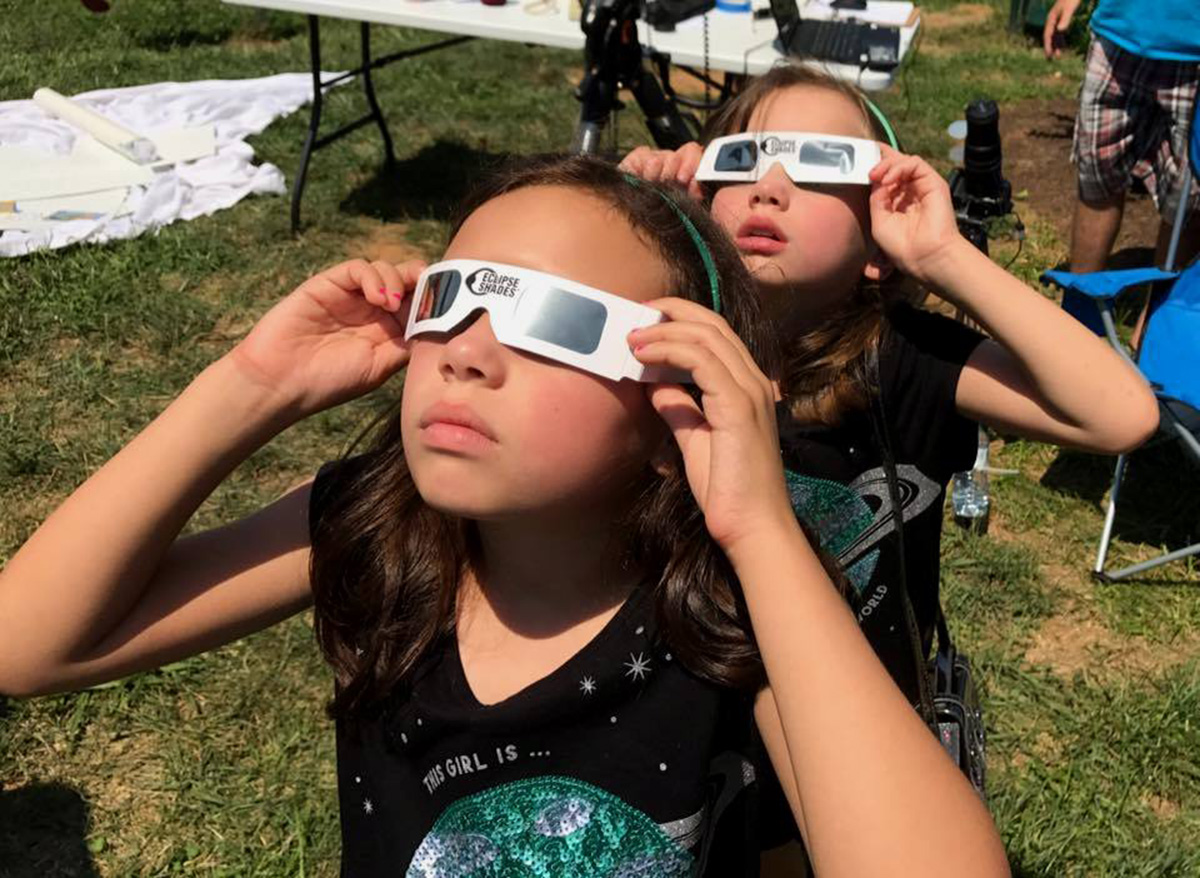


Planetary Defense
Coordination Office
For several decades, NASA has studied near-Earth Objects, or NEOs, which are asteroids and comets that orbit the Sun and come within 30 million miles of Earth’s orbit. The study of NEOs can help further scientific understanding of the birth and formation of our solar system, but some NEOs are on orbital paths that pose potential impact hazards with our planet. Thus, NASA established the Planetary Defense Coordination Office (PDCO) in 2016 to manage the agency’s diverse and rapidly growing efforts in the “applied planetary science” of Planetary Defense.
Finding Possible NEO Threats
The PDCO funds efforts through its Near-Earth Object (NEO) Observations Program to search for NEOs and determine their orbits and physical characteristics using observatories around the world. To complement telescopes on Earth that survey the night sky for NEOs, the PDCO repurposed the agency’s Wide-field Infrared Survey Explorer (WISE) telescope – originally designed as an all-sky survey telescope for astrophysics science – into the NEOWISE Project to continue searching for NEOs and other small celestial objects using the remaining infrared channels on the telescope. NEOWISE’s most significant contribution is to help determine NEO sizes with a precision not possible using optical telescopes by measuring the heat emitted from an NEO due to heating by the Sun. NASA is also building the NEO Surveyor telescope that will operate in space and search for NEOs using infrared measurements. Once launched, NEO Surveyor – working in tandem with ground-based capabilities – will drastically accelerate the rate at which NASA is able to discover the remaining undiscovered NEO population.
Warning of Possible NEO Impacts
If any hazardous NEO is found to have a 1% or greater chance of impacting Earth over the next 50 years, the PDCO is responsible for providing notification messages for NASA to send to the Executive Office of the President, the U.S. Congress, and other government departments and agencies. The PDCO also provides timely and accurate information regarding close approaches of NEOs to the news media and the public via NASA’s official online communications channels, including the nasa.gov website and the agency’s @AsteroidWatch Twitter account.
Coordinating Global Planetary Defense Efforts
Preventing an asteroid impact with Earth and avoiding a catastrophic natural disaster poses a complex global problem that requires a multidisciplinary approach and multinational cooperation. As such, the PDCO works with national and international government entities to ensure global planetary defense efforts are coordinated and streamlined. Nationally, this coordination includes but is not limited to working with the White House Office of Science and Technology Policy to develop and update the National Preparedness Strategy and Action Plan for Near-Earth Objects and Planetary Defense, which outlines the nation’s planetary defense strategies and goals. The PDCO also provides subject matter expert input to the Federal Emergency Management Agency (FEMA) on the nature and effects of asteroid impacts to aid FEMA’s development of emergency response planning in the event of an unavoidable NEO collision with Earth.
Internationally, the PDCO coordinates planetary defense efforts with space agencies of other nations through the International Asteroid Warning Network and the Space Mission Planning Advisory Group, both of which are endorsed by the United Nations Committee on the Peaceful Uses of Outer Space.
Studying Technologies to Mitigate NEO Impacts with Earth
Small asteroids impact Earth routinely and either disintegrate in the planet’s atmosphere or result in meteorites that reach the ground. Impacts by larger asteroids that could cause significant damage to Earth’s surface are a much rarer occurrence that happen on the timescale of centuries, and there is no known asteroid larger than 140 meters that has a significant chance of impacting Earth for the next 100 years. Regardless, the PDCO funds studies of asteroid deflection technologies and demonstrations, like NASA's Double Asteroid Redirection Test (DART) mission, to help ensure humanity is as equipped as possible if a response to an actual asteroid impact threat is ever necessary.




